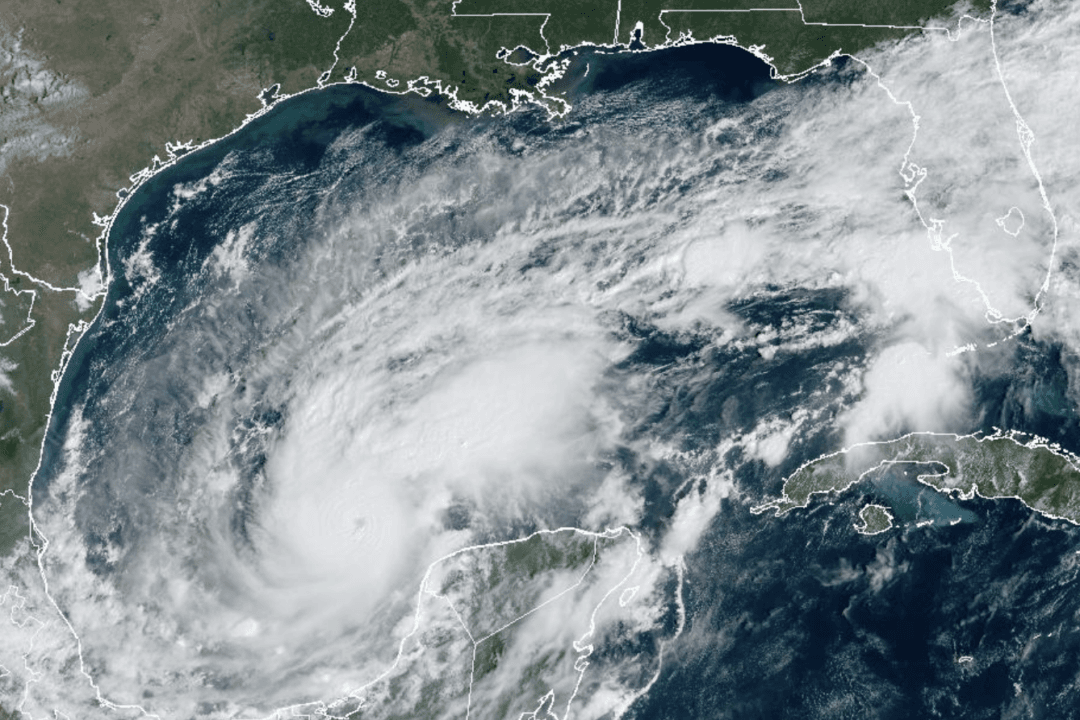Federal forecasters say that Hurricane Milton strengthened into a Category 5 storm on Oct. 7 and is predicted to hit the Tampa, Florida, area by the evening of Oct. 9, with officials in western Florida issuing mandatory evacuation orders for hundreds of thousands of people.
As of Tuesday morning, the storm weakened to a strong Category 4, with 155 mph winds, officials say.





